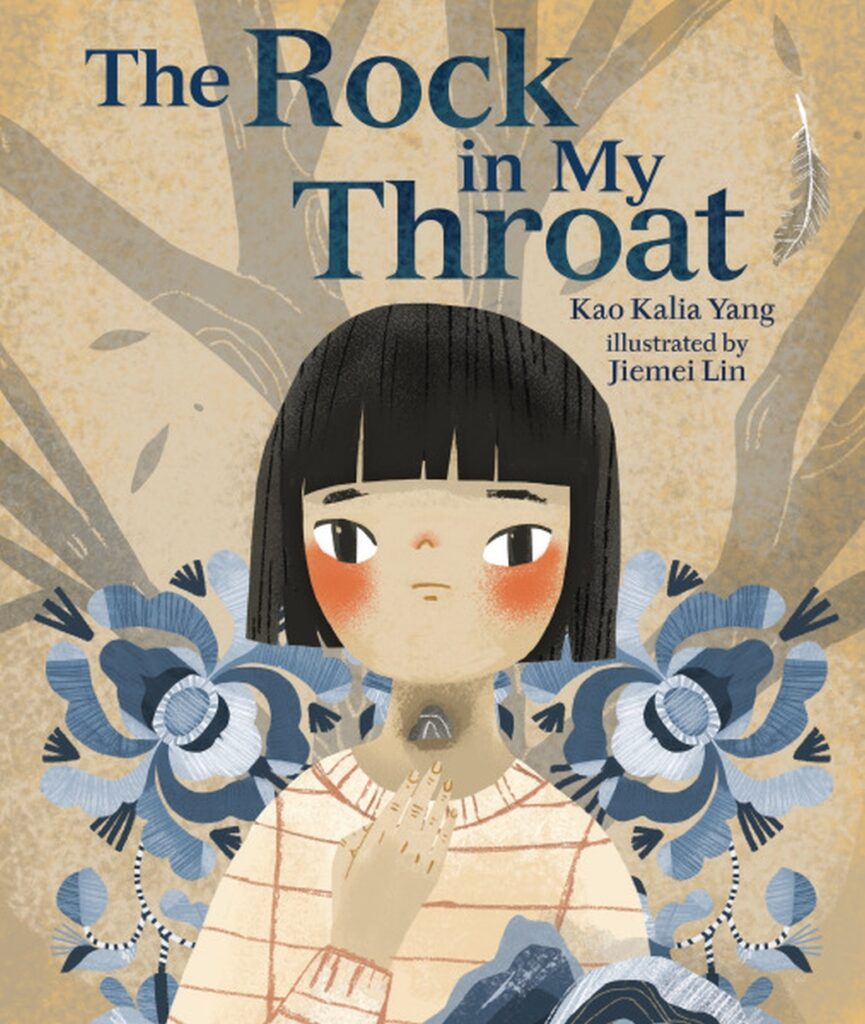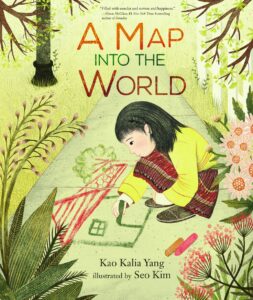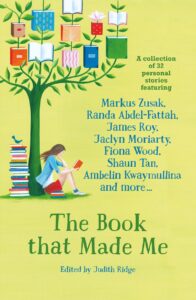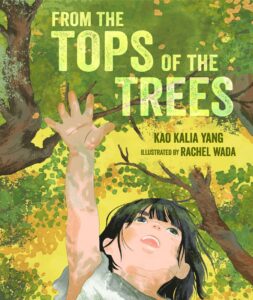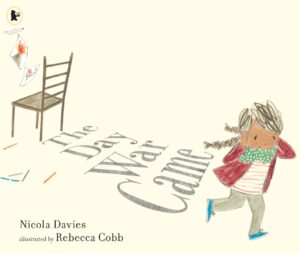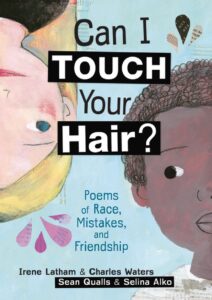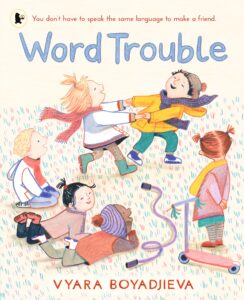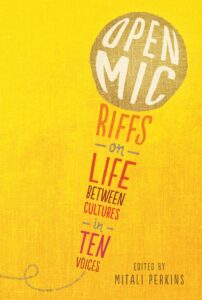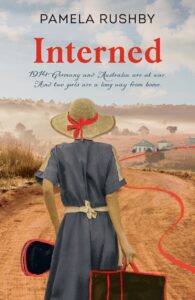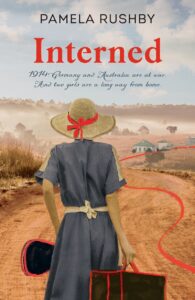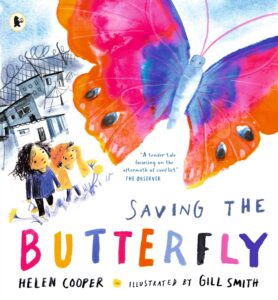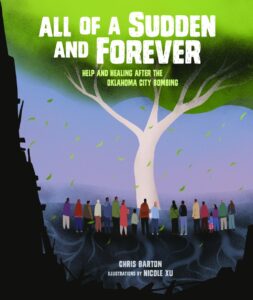The Rock in My Throat
Age 5+
Children's & Young Adult: General Non-Fiction
A powerful true story about the author's own experiences with selective mutism in school.
"At first, no one noticed when I stopped talking at school."
In this moving true story, Kao Kalia Yang shares her experiences as a young Hmong refugee navigating life at home and at school. Having seen the poor treatment her parents received when making their best efforts at speaking English, she no longer speaks at school. Kalia feels as though a rock has become lodged in her throat, and it grows heavier each day. Although the narrative is somber, it is also infused with moments of beauty, love, and hope.
Creators
Kao Kalia Yang is an award-winning author of books for children and adults including Asian/Pacific American Award for Literature winner From the Tops of the Trees. She lives in Minnesota and is committed to the telling of stories that will inspire hope, find beauty, and offer refuge to those in need.
Jiemei Lin is an artist born in Hangzhou, China, currently living and working in the Inland Northwest, Washington State. Lin works with both digital media and traditional media to create paintings, murals, and illustrations.
